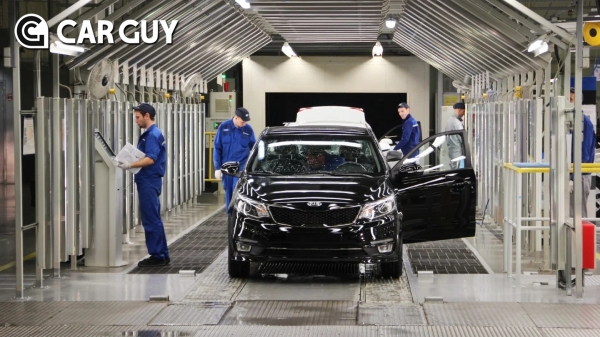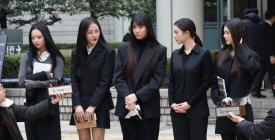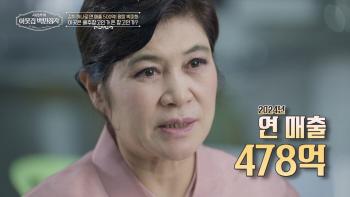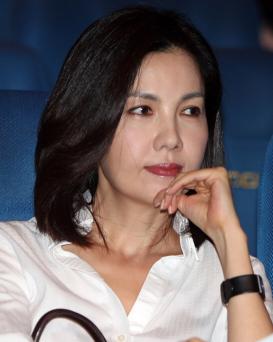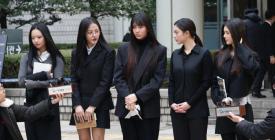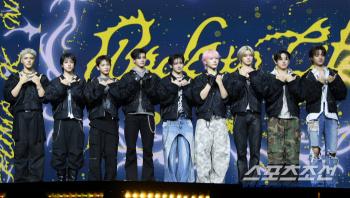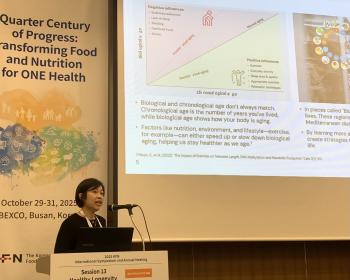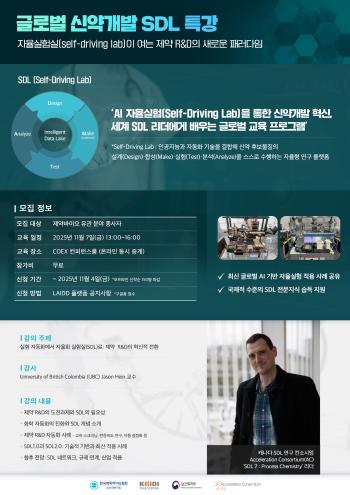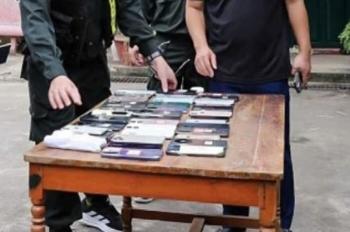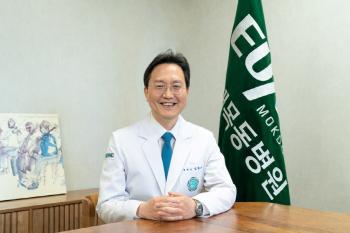Russian auto industry reshuffles to center on home and Chinese communities
Apr 01, 2025
|
Hyundai Motor Group withdrew after losing significant share in the Russian market after the outbreak of the war
The Korea Automobile Mobility Industry Association (KAMA, Chairman Kang Nam-hoon) released a report on the "Status and Implications of the Russian Automobile Industry" on the 1st. According to the report, after the outbreak of the Russia-U.S. war, the Russian auto industry has been reorganized around local and Chinese companies.
While major global automakers have withdrawn from the market due to Western economic sanctions against Russia, Chinese companies have expanded their supply of finished cars and parts in accordance with the Russia-China all-round strategic cooperation policy.
Russian car production in 2024 rose 34.7% year-on-year to 98.3 million vehicles. In particular, the growth of local companies stood out thanks to the expansion of incentives from the Russian government and the recovery of domestic demand.Chinese companies' market share also rose due to the expansion of local production of China's GWM (Haval) and the increase in SKD assembly of cherry and geography.
Russian car sales in 2024 were estimated to be 183.4 million units, up 39.2% year-on-year. The expansion of Chinese companies' exports to Russia, the recovery of production by local companies, and the revitalization of the economy due to the special war are believed to have driven the accumulated demand.
Santiago due to geographical difference
As Chinese companies fill the vacancies of major automakers, China's influence in the Russian automobile industry has expanded significantly. China's automobile exports to Russia jumped 7.6 times in two years from 1.54 million in 2022 to 1.17 million last year.
The share of Chinese brands in the Russian passenger car market has also expanded from 8% in 2021 to 60.4% in 2024.The Russian government welcomed the influx of Chinese cars immediately after the war, but it has recently tightened related regulations to protect its industry.
We are considering other protective measures, such as strengthening technology regulations, to prevent dumping of low-cost internal combustion locomotives in China and to promote technology transfer and production in the country.
In particular, the recycling fee (waste tax) more than doubled from the previous year to Rs 667,000 in January this year. It plans to raise it by 10-20% every year by 2030. Recycling fees have been a non-tariff barrier as disposal costs charged when selling cars.
With the recent progress in negotiations to end the Russia-U.S. war, the possibility of global automakers re-entering the Russian market has emerged.
European and Japanese companies such as Renault, Stellantis, Volkswagen, Toyota and Nissan are expected to return to the market, but there is also a view that it will be difficult to re-enter the market considering the supply chain and market structure reorganized around Russia's friendly countries.
The report suggested that domestic industries need to establish a careful strategy that comprehensively considers costs, policy changes, and market share when re-entering the Russian market.
"The Russian market has been a major export market for the Korean automobile industry before the war and has served as a production base, so it has room for future growth," a KAMA official said. "If we re-enter the market, we need a strategy that fully considers geopolitical risks, the Russian government's policy to protect its industry, and demands for localization."
Editor Kim Tae-jin, tj.kim@carguy.kr
This article was translated by Naver AI translator.
